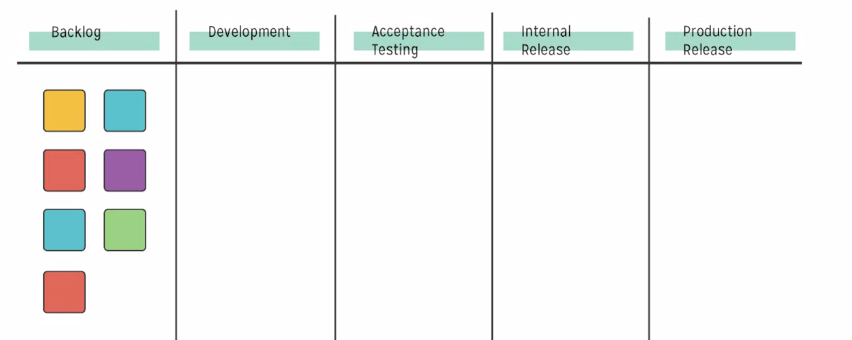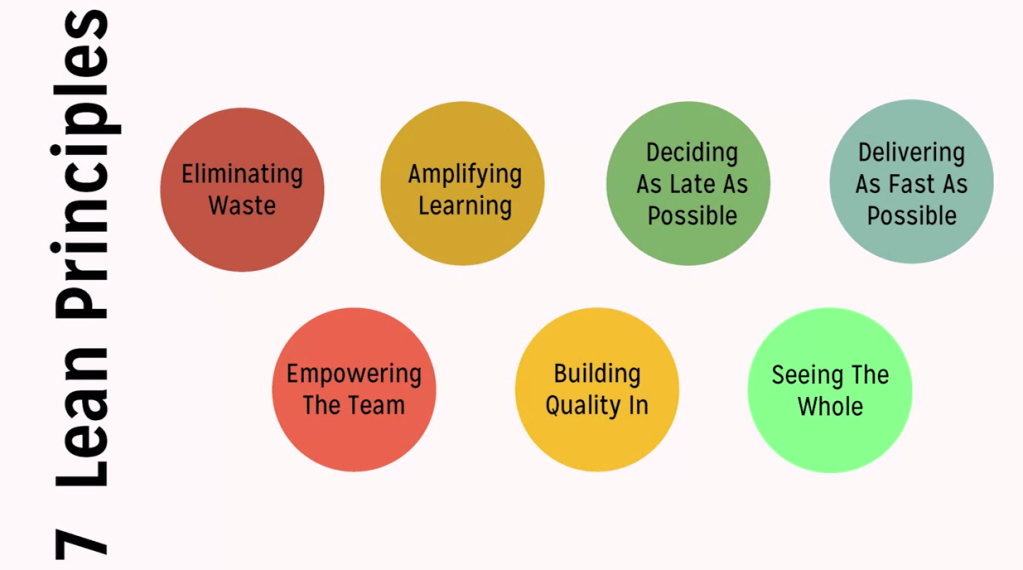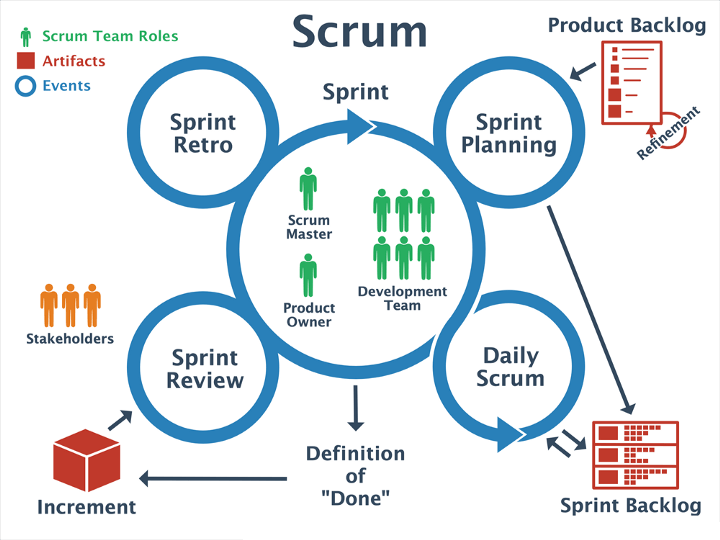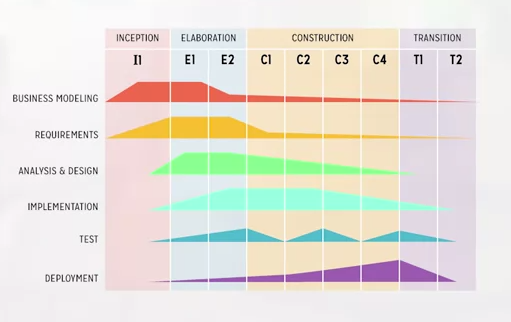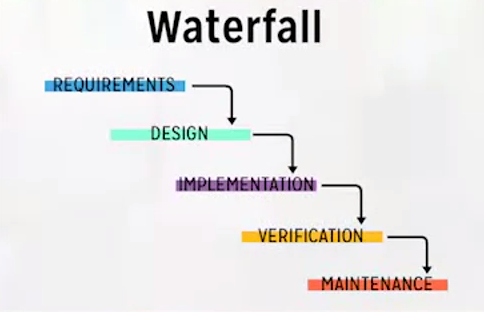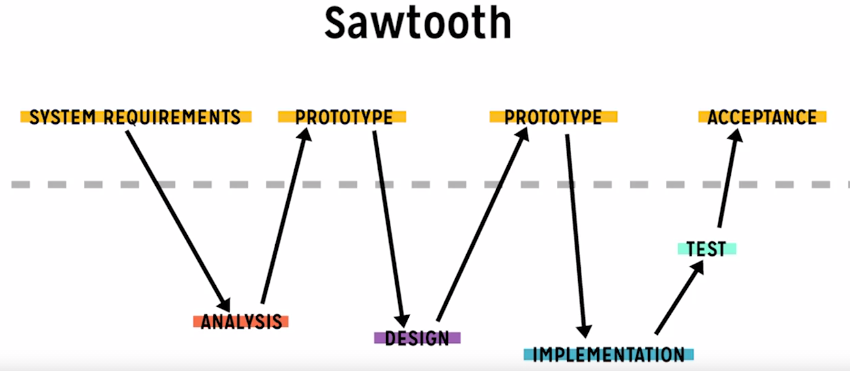I love learning and I dream of going freelance all the way. So when I decided to dive into freelancing, I did not expect that what I’m doing can be a mistake most freelancers do, with or without experience.
The Pandemic Reminded me of my Dream
When I started my career in training and product development, I have this desire to always learn and improve myself. I have learned all the tools I need to use, communicate effectively across various levels of organization, and manage my projects effectively. Back then, I dreamt of being my own boss, and providing my services to businesses who would benefit from my expertise. So when the pandemic happened in 2020, this dream has become my lifeline to continue and move forward. To hope for a better future.
My journey to freelancing is a tough one. I have been going back and forth in my mind whether or not to dive into the freelancing industry. Maybe because of fear, or maybe because I am not familiar with the freelancing landscape. However, when I decided to become a freelancer, everything just fell into place.
Right now, I am learning a lot about marketing, design and development. I will be using my blog as a diary of my journey. So if you are interested to go with me, just hit up the subscribe button. 🙂
CHANGING MY PERSPECTIVE
For the past months, I have been trying my luck on freelancer platforms to offer my services on my niche but have failed. I am not able to get even one client, and most of my time has been about preparing resume, preparing my portfolio and honing my skills. If this is effective, I will not be frustrated with my process. So I have decided to attend the Philippine Online Freelancing Conference and get training on how to start freelancing.

After attending the training, I realized about the 3 mistakes I have been doing all along:
Talking about my service.
I focus on the words that would impress the potential clients for so many time that I start to realize if it is really effective. I realized that to be successful in freelancing, I need to put the right offer in front of the right market. What does this mean? I need to find a client with a problem that I can solve and offer my services instead of just talking about my skills.
Selling my service right away.
When someone has a problem and looking for a solution, it has been default for me to offer my services, what skills I have and the certifications I gained. However, when a client needs a problem to be solved, he/she doesn’t care about my skills and certifications (though they still look at it though). Their first instinct is to know if I can solve their problem.
As a freelancer, I learned to have a consultative approach, meaning, look into the client’s problem first, dig deeper and analyze a solution for them. That way, whatever proposal I send will be tailor-fit to their concerns and will be accepted with wide open arms.
Impressing clients with my freelance portfolio and experience.
Similar with the previous mistake I did was to send proposals focusing about me and what I can do, instead of solving the client’s problems. In freelancing, one of the edge that premium freelancers do is they help their clients solve problems, not just offer their services. The portfolio and experience will come naturally once I have solved a couple of problems. But at the core of it all, the driving force for freelancers should be to extend help to businesses in a way that their services will solve their client’s problems.
Learning To Freelance
As I start this journey of freelancing, I am taking up as many online courses I can find to gain my knowledge and skill in this path I have chosen. The course I recently took, Learning How to Learn: Powerful mental tools to help, really helped me a lot to absorb all the concepts and lessons. To learn more about this course, check out my post, Understanding more about Learning.
